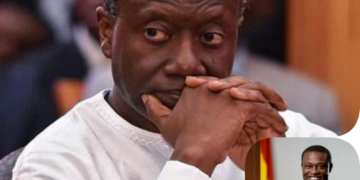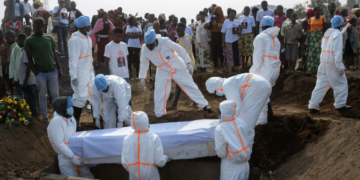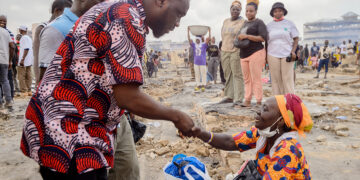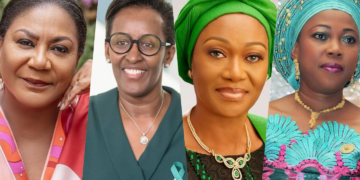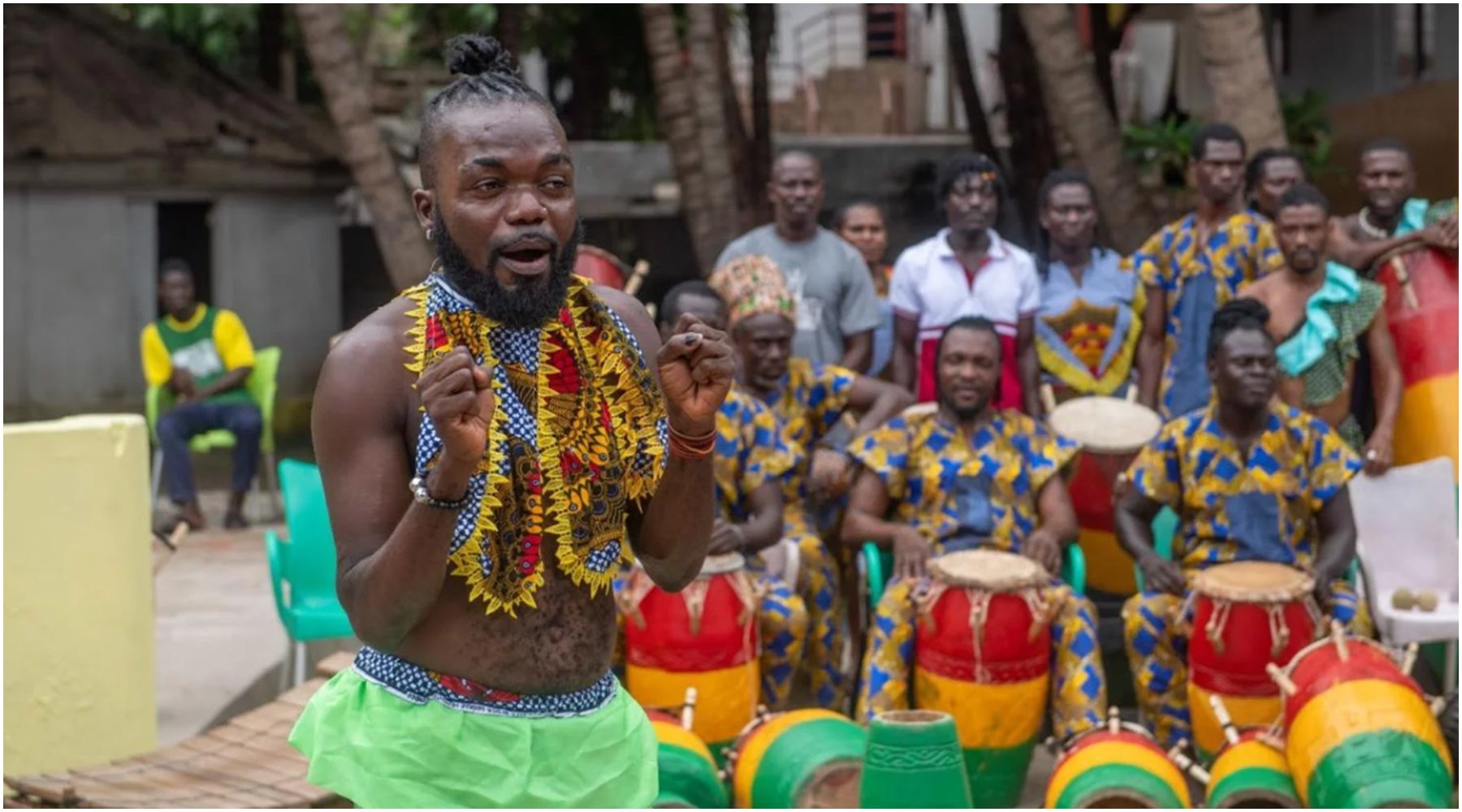When Toronto police moved to arrest a man they suspected of being a serial killer last year, they found a man tied to his bed. Alive.
Police then searched the suspect’s hard drive for evidence. There, they discovered eight folders labeled with the names of different men. Each folder contained photos of the men – some alive and some dead and some with their naked bodies posed in fur coats or with unlit cigars.
There was a ninth folder, too. It was labeled with the name of the man tied to the bed.
Those macabre details were made public by Crown attorney Michael Cantlon this week as part of the criminal sentencing of Bruce McArthur, who lured the men to his home, strangled them and then dismembered them, according to CNN network partner CTV News.
McArthur, 67, pleaded guilty on January 29 to eight counts of first-degree murder for the deaths of Andrew Kinsman, Selim Esen, Majeed Kayhan, Soroush Mahmudi, Dean Lisowick, Skandaraj Navaratnam, Abdulbasir Faizi and Kirushna Kumar Kanagaratnam.
Prosecutors said last week they were pleased with the guilty plea but have declined to provide further details about the case.
“[As] this matter is currently before the court, it would be inappropriate for the ministry to comment further,” said Brian Gray, a spokesman for the Ministry of the Attorney General.
buried the remains of the men in garden planters and in a ravine next to a property where he stored tools for his landscaping business, Cantlon said, according to CTV.
Police had been monitoring McArthur and decided to arrest him on January 18, 2018, when he brought the man to his apartment, according to CTV.
McArthur, who also worked as a mall Santa, was arrested and charged with two murders. The Crown added more charges as the investigation unfolded.
Prosecutor: Victims were exploited for their vulnerabilities
Most of the victims were immigrants of South Asian or Middle Eastern descent, Cantlon told the court. Some were from Toronto’s Gay Village neighborhood and had ties to the city’s LGBTQ community.
“Most of the deceased had traits that made victimization more likely or harder to detect. Some were forced to live parts of their life in secret because of their orientation. Some lacked stable housing,” Cantlon said, according to CTV.
“There is evidence that Mr. McArthur sought out and exploited these vulnerabilities to continue his crimes undetected.”
The Crown believes that McArthur killed his first victim, Navaratnam, in September 2010. After his final victim, Andrew Kinsman, went missing in June 2017, law enforcement began investigating McArthur.
Investigators found a calendar inside Kinsman’s apartment with the name “Bruce” written on June 26, 2017, the day Kinsman went missing, according to CTV.
Surveillance footage from Kinsman’s neighborhood showed him entering a red Dodge Caravan identified as belonging to McArthur. Inside the vehicle, which was later discovered in a scrapyard, investigators found DNA that matched Kinsman and Esen.
The photos on McArthur’s computer — some of which were taken when the men were alive — showed that the victims were “restrained and sexually assaulted,” Cantlon said.
Some photos showed the murder weapon — a metal bar with a rope that McArthur used to strangle his victims — around victims’ necks, Cantlon said. In addition to the photos, police found the victims’ jewelry in McArthur’s home, Cantlon said. A duffel bag in the apartment contained duct tape, a surgical glove, rope, zip ties, a black bungee cord, and syringes, according to CTV.
‘It could have been me’
Faizi was reported missing on December 29, 2010, Kayhan was reported missing in October 2012, and Mahmudi was reported missing in August 2015.
Kanagaratnam moved from Sri Lanka to Canada in 2010. He was not reported missing. Police said he was likely killed sometime between September and December 2015.
Esen, who had no fixed address, was reported missing in April 2017. The court heard victim impact statements from those who knew Esen and others, CTV reported.
“Our lives were shattered with the shocking news. We can’t come to terms with his savage murder,” sister Nadia Wali said in a statement on behalf of the Esen family.
Lisowick was not reported missing, but authorities believe he was killed sometime between May 2016 and July 2017. A Crown attorney read aloud a statement from a daughter who never met him.
“I will now always have to live with knowing I will never have a relationship with my father,” Emily Bourgeois said.
Some of Kinsman’s friends told the court they knew McArthur.
“I feel incredibly guilty for not being able to recognize the offender for who he was,” CTV quoted Kinsman’s friend Adrian Betts as saying.
“By killing my friend, this man has also killed who I was before all of this horror.”
The Rev. Deana Dudley of the Metropolitan Community Church of Toronto said in court that McArthur’s arrest would have a “deep and lasting” impact on the LGBTQ community, according to CTV.
“Many in our community have lost their sense of safety. … There is a sense of ‘it could have been me, it could have been any of us,'” Dudley said. “We are angry and that will persist for a long time and I just pray that we will not let the anger eat us alive.”

